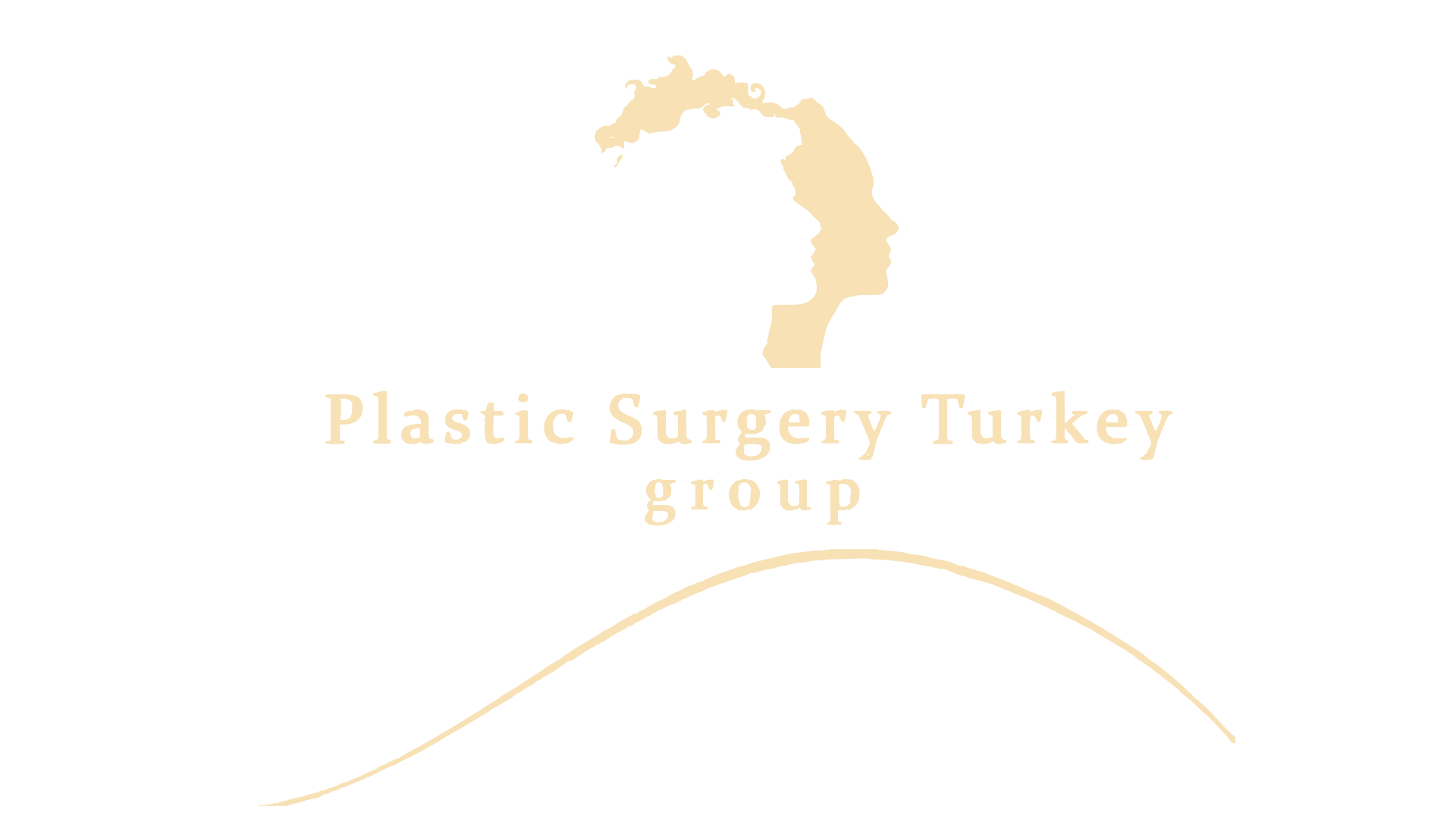
Üzgünüz! Sayfa Bulunamadı.
Görünüşe göre yanlış bir yola saptınız. Merak etmeyin, en iyi kaşifler bile bazen kaybolur.
Daha iyi bir deneyim için bazı şeyleri değiştirdik. Sağ üst köşedeki gezinme menüsünden göz atmayı deneyin.
© 2025 Plastic Surgery Group. All rights reserved.